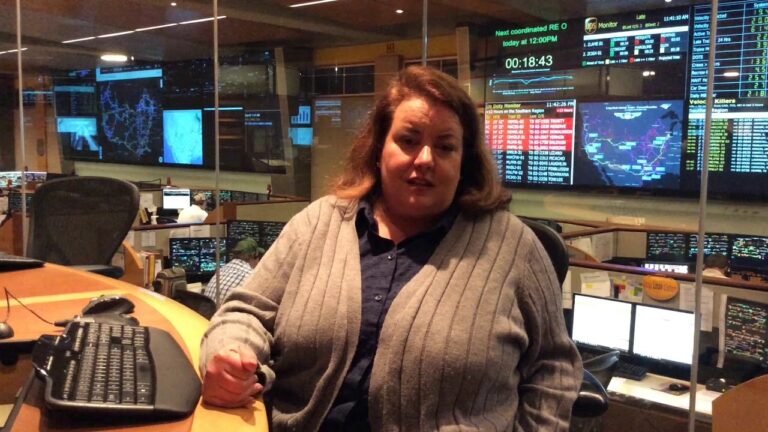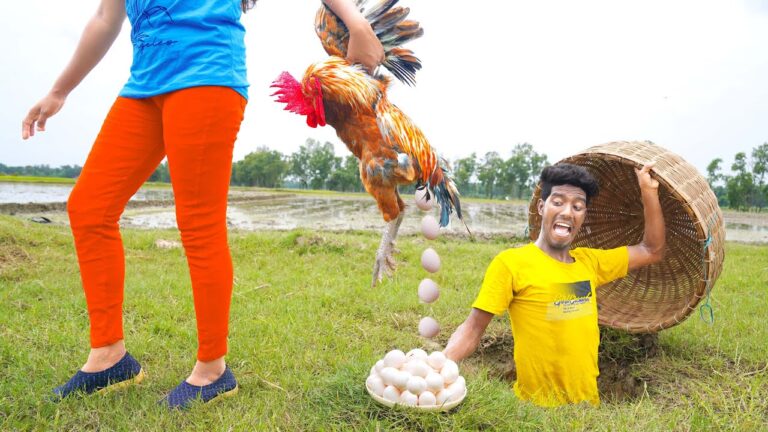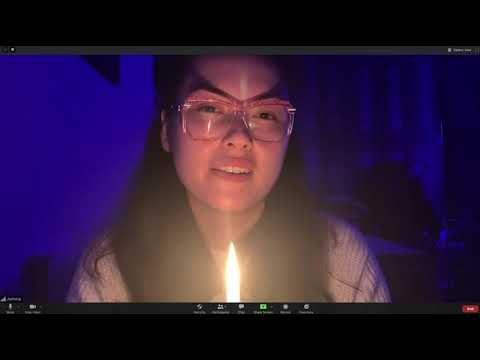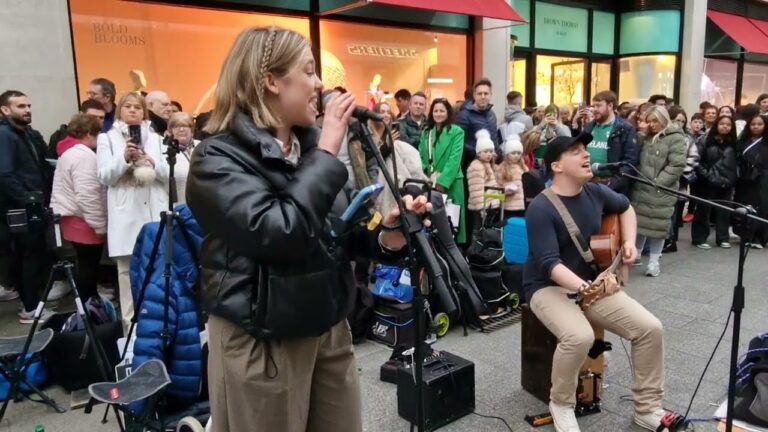Capturing Stories: Photojournalist Job Description and Salary
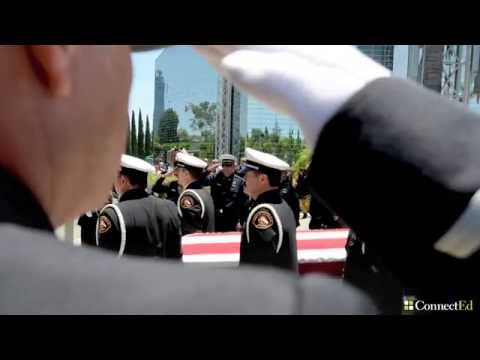
Photojournalist Job Description Template
Photojournalist Job Description A photojournalist is a professional who combines the skills of both a photographer and a journalist to capture and document news events through visually compelling images. They play a crucial role in the field of journalism by using their visual storytelling abilities to convey important news stories to the public. Photojournalists are responsible for covering a wide range of events including breaking news, sports, politics, entertainment, and human interest stories. They work closely with reporters and editors to ensure that their photographs align with the overall narrative of the news story. They must have a keen eye for detail and be able to capture the essence of an event in a single frame. One of the most important skills a photojournalist must possess is the ability to work under pressure. They often find themselves in challenging environments and must be able to quickly adapt to changing circumstances. They must also have a strong sense of ethics and adhere to the principles of journalistic integrity. It is their duty to present an accurate and unbiased depiction of the events they are covering. In addition to their technical and storytelling skills, photojournalists must also have a good understanding of current events and trends. They should be able to anticipate and capture moments that have a significant impact on the news cycle. Being able to research, plan, and organize their assignments is also crucial for their success. Overall, photojournalists play a vital role in shaping public opinion and informing the masses. Their ability to capture the essence of a news story through powerful imagery is what sets them apart from other visual storytellers.Photojournalist Responsibilities
Photojournalist Requirements
How Much Does A Photojournalist Make?
Photojournalist Salary
| Experience Level | Annual Salary |
|---|---|
| Entry Level | $30,000 – $40,000 |
| Mid-Level | $40,000 – $60,000 |
| Senior Level | $60,000 – $100,000 |
A photojournalist’s salary greatly depends on their experience level. Entry-level photojournalists can expect to earn between $30,000 and $40,000 annually. As they gain more experience and move into mid-level positions, their salary range increases to $40,000 – $60,000. Senior-level photojournalists, who have extensive experience and a strong portfolio, can earn between $60,000 and $100,000 per year. It’s important to note that these figures can vary based on factors such as location, employer, and individual negotiation skills.
Photojournalist Salaries by Country
Top Paying Countries for Photojournalist
| Country | Average Salary (USD) |
|---|---|
| United States | 75,000 |
| Switzerland | 70,000 |
| Australia | 65,000 |
| Germany | 62,000 |
| United Kingdom | 60,000 |
According to recent data, the top paying countries for photojournalists are the United States, Switzerland, Australia, Germany, and the United Kingdom. In the United States, photojournalists earn an average salary of $75,000 per year. Switzerland follows closely with an average salary of $70,000. Australia, Germany, and the United Kingdom also offer competitive salaries with averages of $65,000, $62,000, and $60,000 respectively. These figures indicate the potential earning opportunities for photojournalists in different countries. However, it’s important to note that factors such as experience, qualifications, and the specific media organization can also impact salary levels.
A video on the topic Photojournalist
Video Source : ConnectEdInterview Questions for Photojournalist
1. What inspired you to become a photojournalist?
I have always had a passion for storytelling and a love for photography. Combining these two interests, I realized that photojournalism would allow me to capture powerful images that can convey important stories and make a difference in the world.
2. What is the most challenging aspect of being a photojournalist?
The most challenging aspect of being a photojournalist is often working in high-pressure situations where time is limited and the need to capture the moment is crucial. It requires quick thinking, adaptability, and the ability to work under stressful conditions.
3. How do you ensure your photographs accurately represent the story you are covering?
I believe in the importance of thorough research and understanding the context of the story before going out to capture images. This allows me to have a clear vision of what I want to convey and helps me in selecting the right moments and angles to accurately represent the story.
4. Can you share a memorable experience from your career as a photojournalist?
One of the most memorable experiences in my career was when I had the opportunity to document the aftermath of a natural disaster in a remote region. It was a challenging assignment, but being able to witness the resilience and strength of the affected communities and tell their stories through my photographs was truly impactful.
5. How do you handle the ethical dilemmas that may arise during your work?
Ethics is a crucial aspect of photojournalism, and I always strive to maintain the highest ethical standards in my work. If an ethical dilemma arises, I prioritize the well-being and dignity of the subjects I am photographing and ensure that my images do not mislead or manipulate the viewers.
6. How do you stay updated on current events and stories that may be worth covering?
I constantly follow news sources, both local and international, to stay updated on current events. Additionally, I am part of various professional networks and organizations that provide valuable information and opportunities for covering important stories.
7. What equipment do you typically use as a photojournalist?
As a photojournalist, I typically use a professional DSLR camera with a range of lenses to capture different perspectives and details. I also carry essential accessories such as extra batteries, memory cards, and a tripod to ensure I am prepared for any situation.
8. What advice would you give to aspiring photojournalists?
My advice to aspiring photojournalists would be to develop a strong foundation in photography techniques and storytelling. It is also important to be curious, compassionate, and empathetic towards the subjects you are photographing, as it will enable you to capture more authentic and powerful images.
9. How do you handle the emotional impact of covering sensitive or tragic events?
Covering sensitive or tragic events can be emotionally challenging. It is essential to take care of one’s mental well-being and seek support when needed. I personally practice self-care techniques such as talking to colleagues, engaging in hobbies, and taking breaks to ensure a healthy balance between work and personal life.
10. What impact do you hope your photographs will have on the audience?
I hope my photographs will evoke emotions, raise awareness, and inspire action among the audience. Whether it is shedding light on a social issue or celebrating the strength of individuals, I aim to create images that spark empathy and encourage positive change in society.

